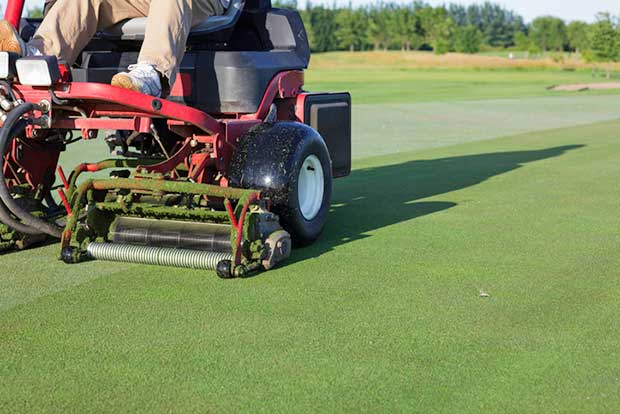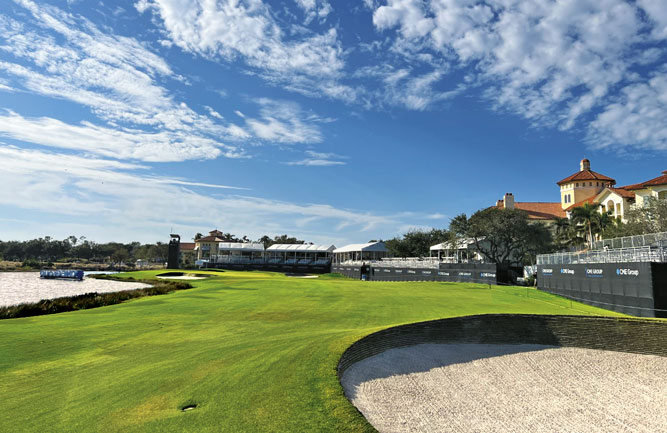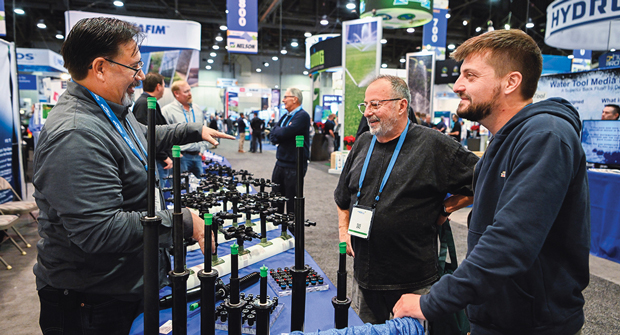Why your greens are your resume as a superintendent

(Photo: digitalhallway / E+ / Getty Images)
I’ve long believed that there are a few things necessary for even the lowest budget golf course to be successful. No matter the resources available, every course needs good greens, clean restrooms, cold beer and a welcoming staff.
Here’s a few off the top of my head:
• Greens come first: First and foremost, you have to have good greens. For the vast majority of courses, greens comprise less than four acres of the entire property. However, three-fourths of the game of golf involves the greens when you combine approach shots and putting. There is an old saying in golf course maintenance: “your greens are your resume.” It is still true today.
• Tees: While tees are important, you put the ball on a stick to hit it, so the actual surface has little impact on the game, assuming it is stable and level.
Fairways: Well-turfed fairways are beautiful to be sure, but even on the worst of fairways, players don’t have to move the ball more than an inch or two to get a good lie with little impact on the game overall.
• Reasonable bunker management: The resources spent on bunkers in this country border on obscene. After all, bunkers penalize an errant shot, not reward it. In spite of this basic concept in the game, many courses spend more of their available resources on bunkers than they do on greens. (I’ll admit that I spent much of my career arguing this point — unsuccessfully.)
• Reasonable rough management: A similar argument can be made when it comes to rough maintenance. They are called “roughs” for a reason. Mowing them down in high play areas makes sense to keep the game moving, but many courses have acres and acres of areas that seldom if ever, come into play. In spite of the low use, far too many courses continue to waste labor, fuel, and time on these areas that would be far better spent on the greens complexes.
• Flowers to a minimum: Flowers and other window dressings are wonderful but should be last on the list, at least when it comes to the game itself. Personally, while I enjoy a pansy as much as the next player, I would much prefer a smooth putting surface.
• Course marking: An area that is very important and often overlooked is course markings. Imagine a football, baseball, or soccer field without the appropriate markings. Golf courses are no different. Out of bounds, hazard lines, abnormal ground conditions and environmentally sensitive areas should be marked at all times to properly play the game of golf. If there was ever an area where volunteers can be utilized, it is marking the course. Once it is marked properly, it is simply a matter of repeating the process on the same lines. To me, even a very low-budget course that is properly marked sends the message that although we don’t have much, we do care about the game.
I recognize many courses have the resources and mandate to care for all areas of the course to the highest degree. But for those that have to prioritize their resources, it is worth remembering that when golfers talk about a course they played it is almost always about the quality of the greens.
Superintendents would be wise to do whatever is necessary to have great greens first and then use whatever resources are left as they see best to satisfy the most. Cold beer and clean restrooms are just as important (to me anyway). Of course, nothing can ruin or make a day of golf faster than the attitude of those running the facility. It is amazing how much better the course is when players feel like they are welcome.












